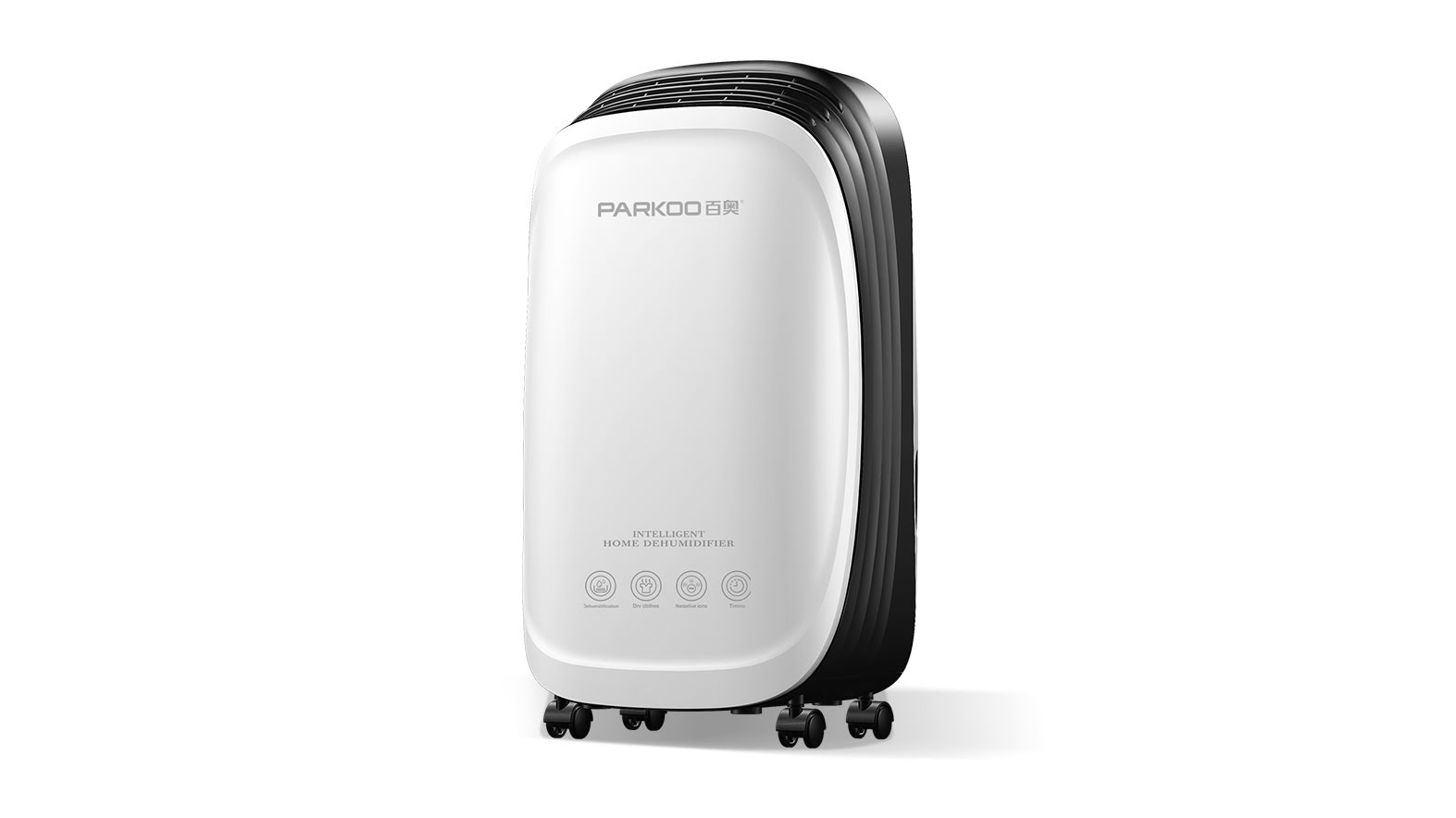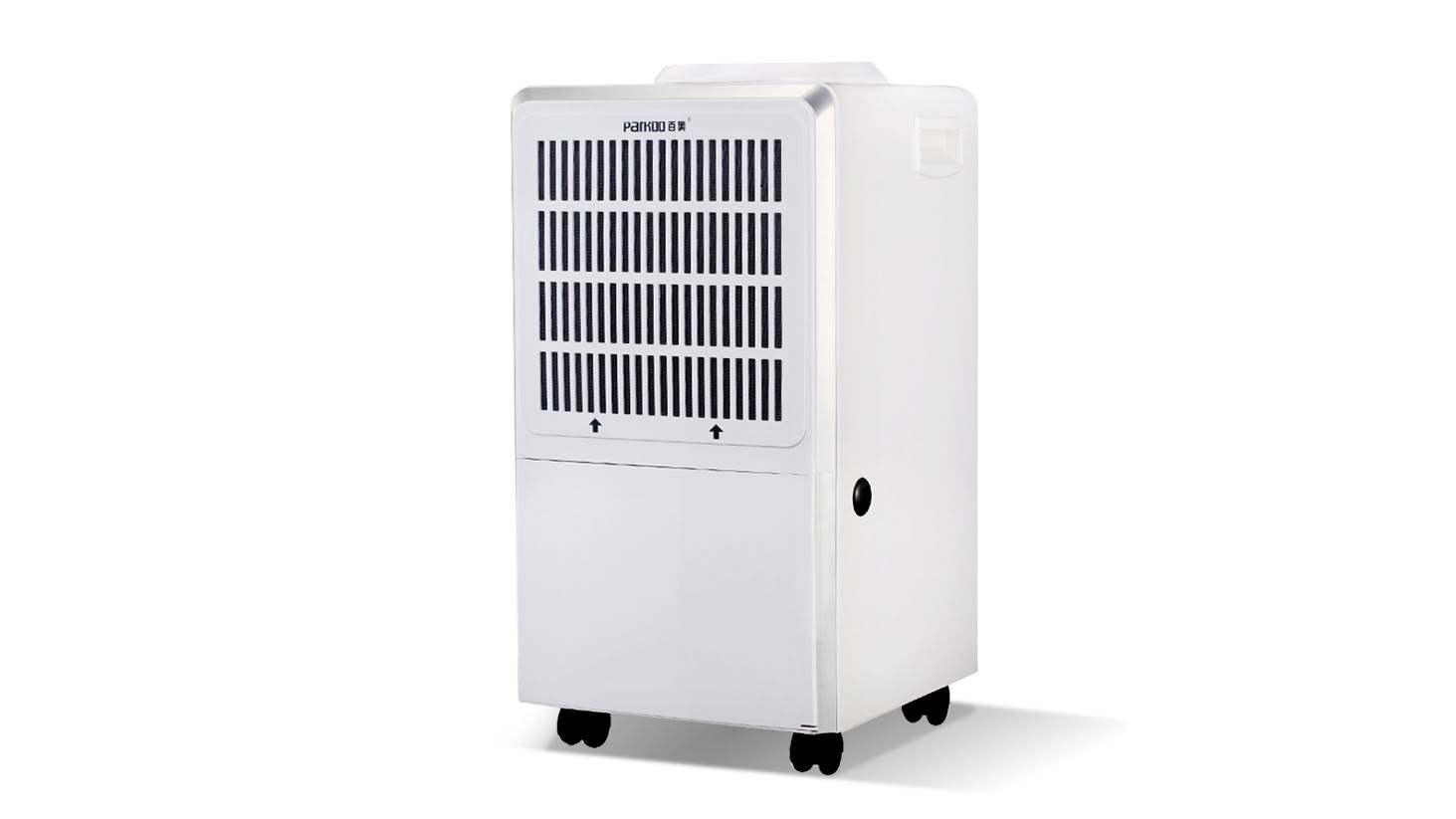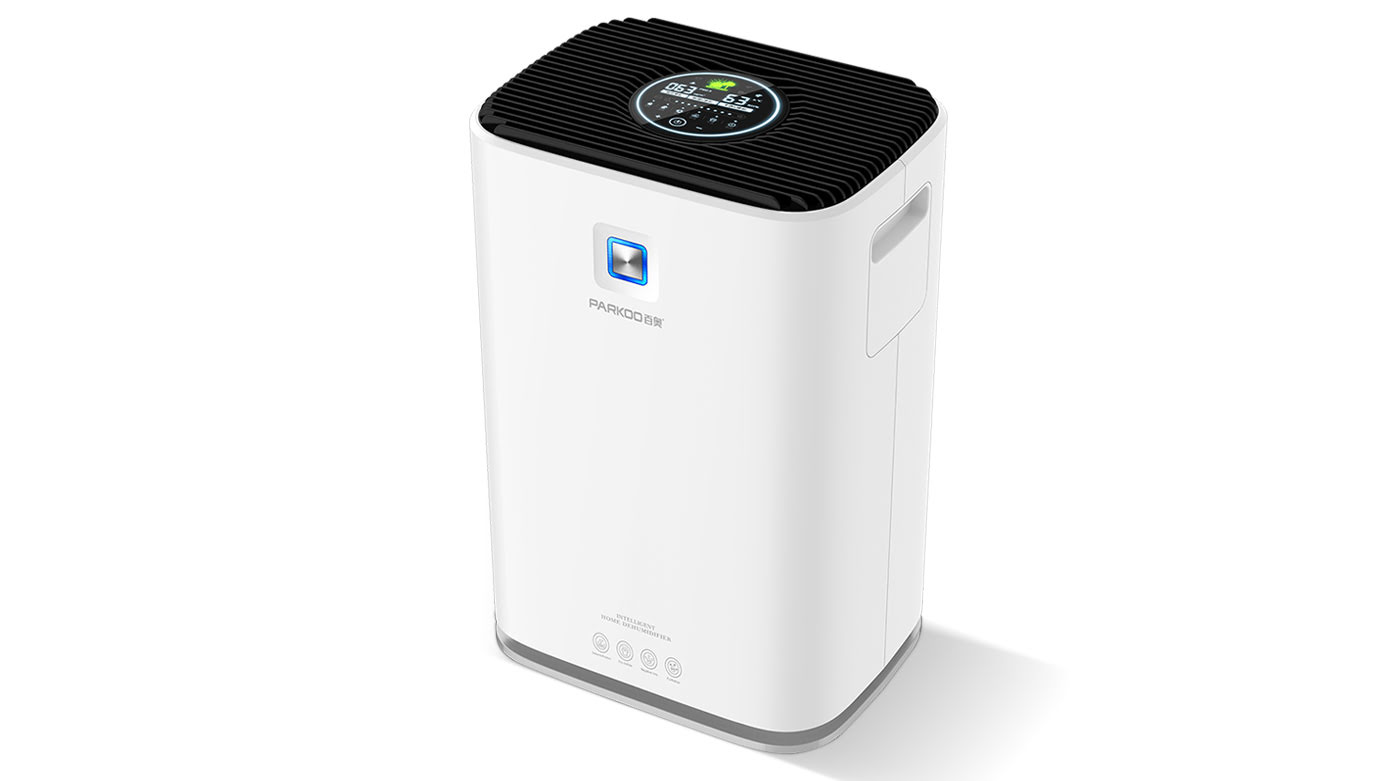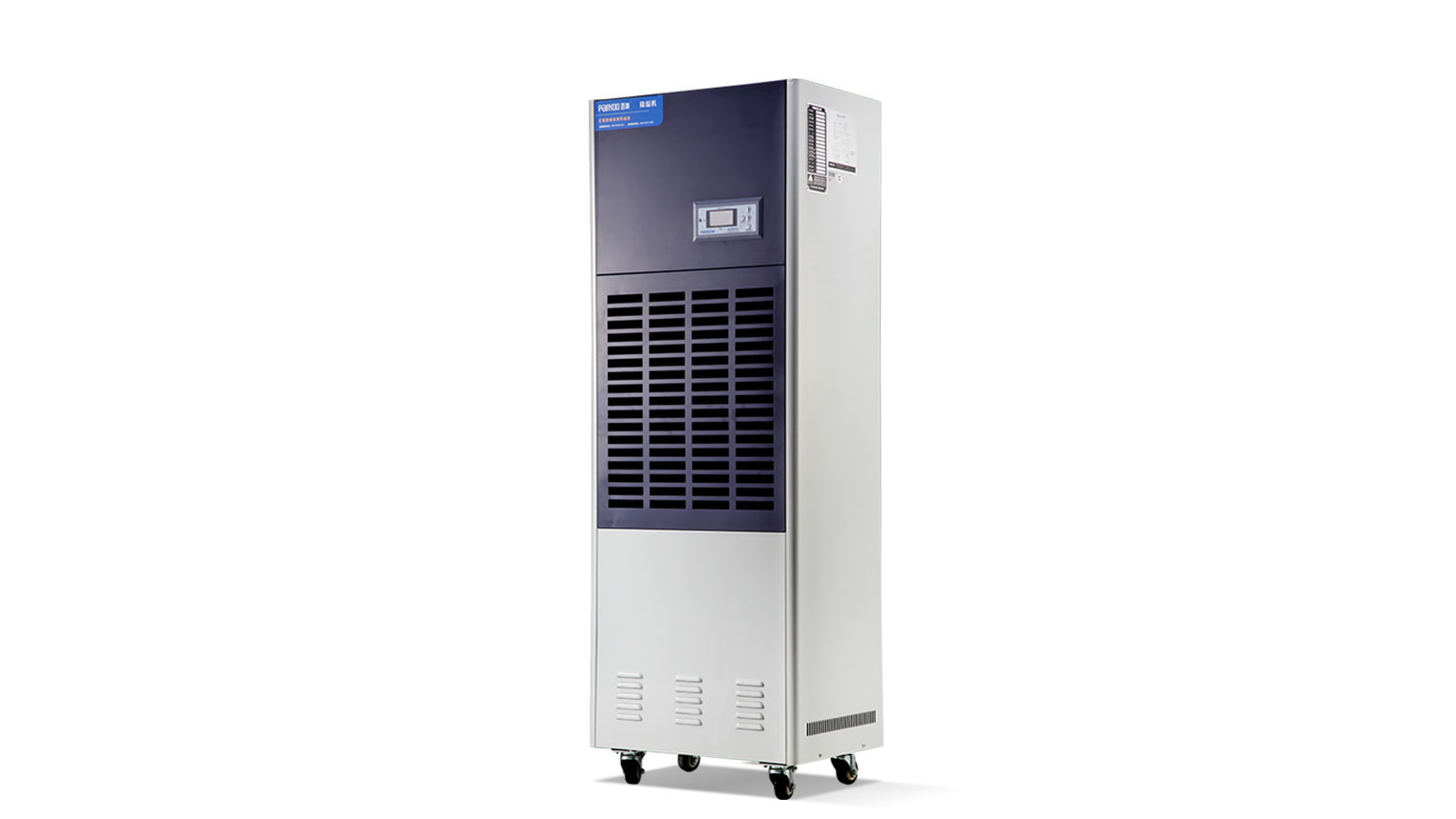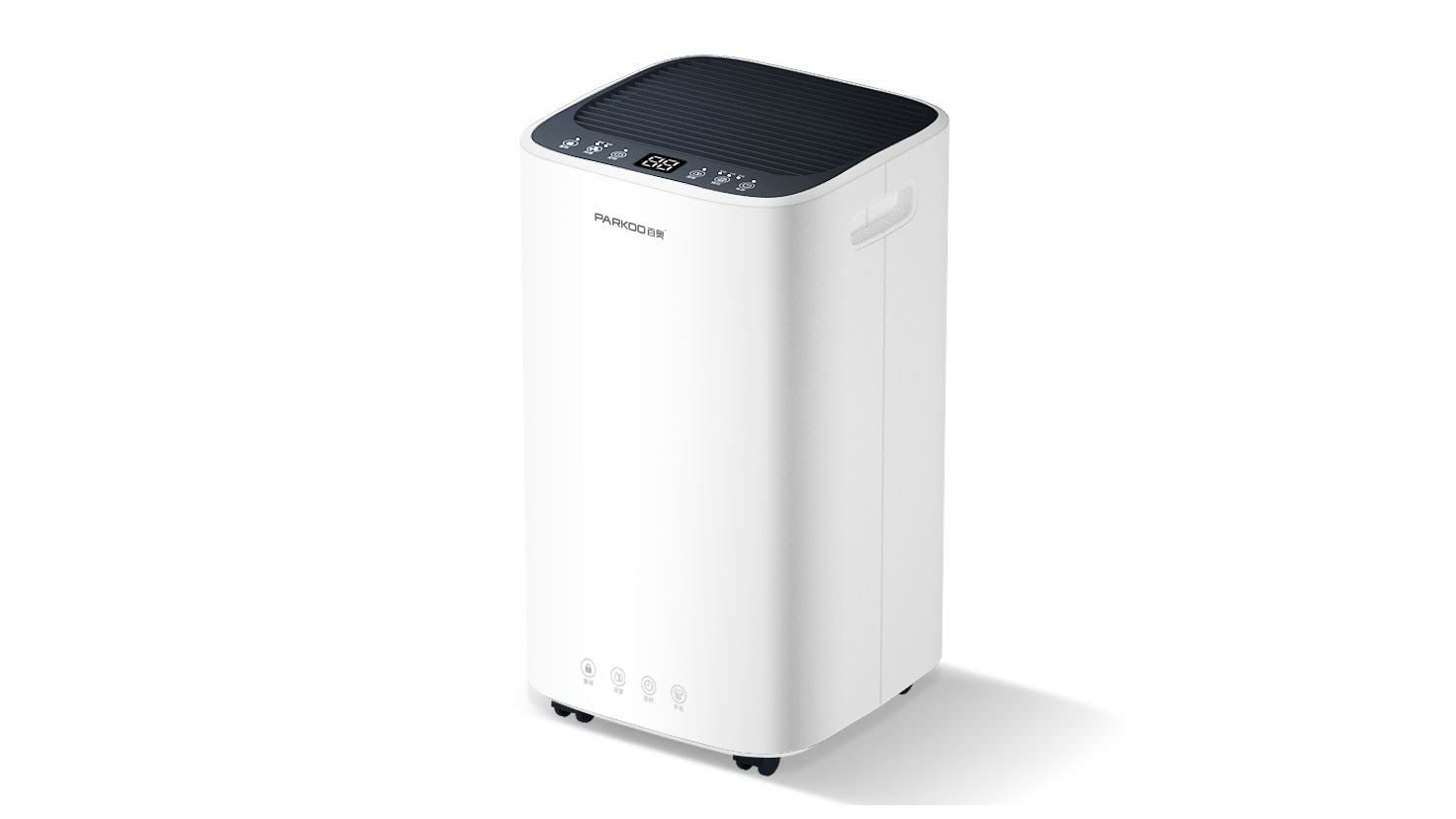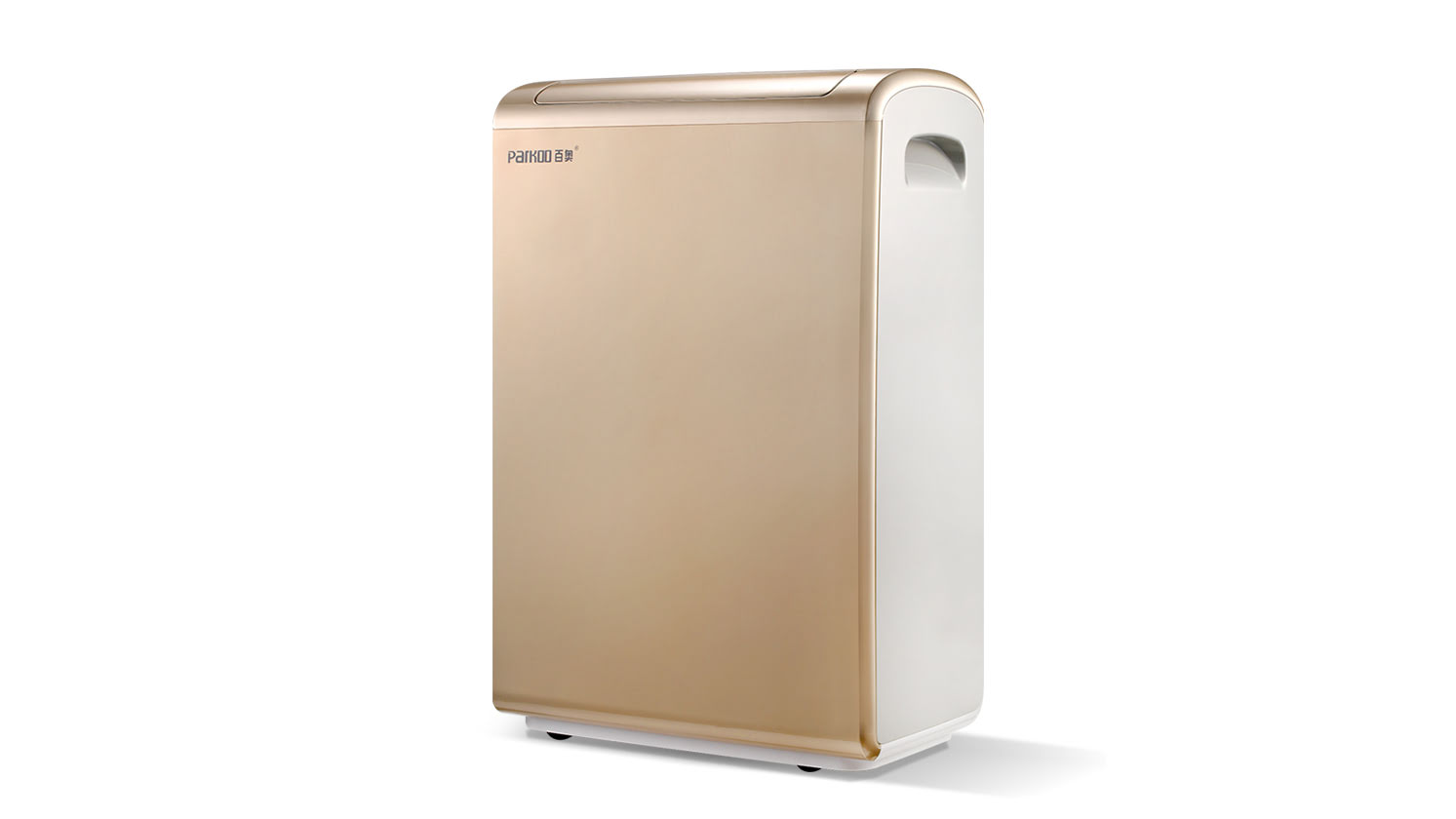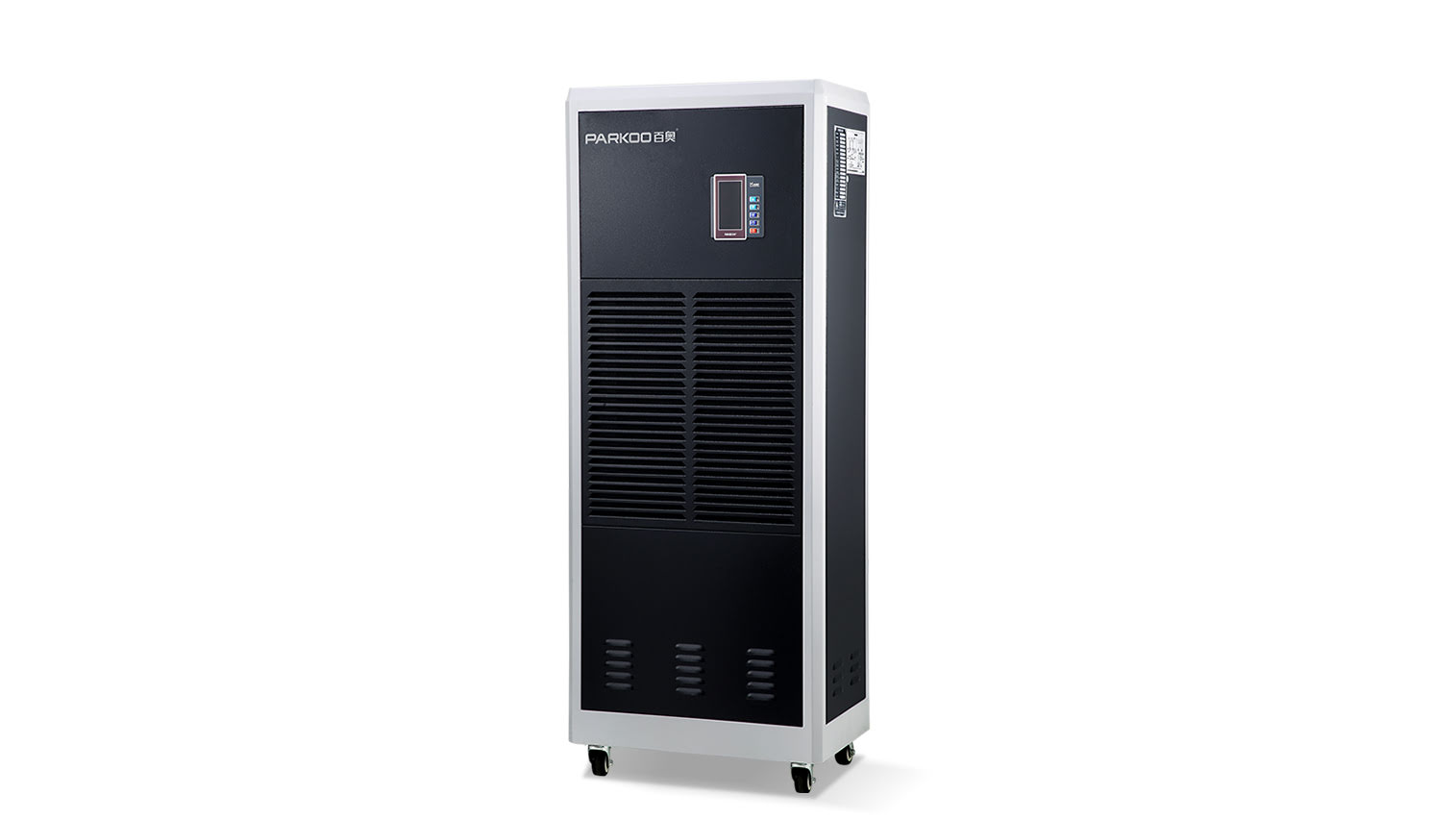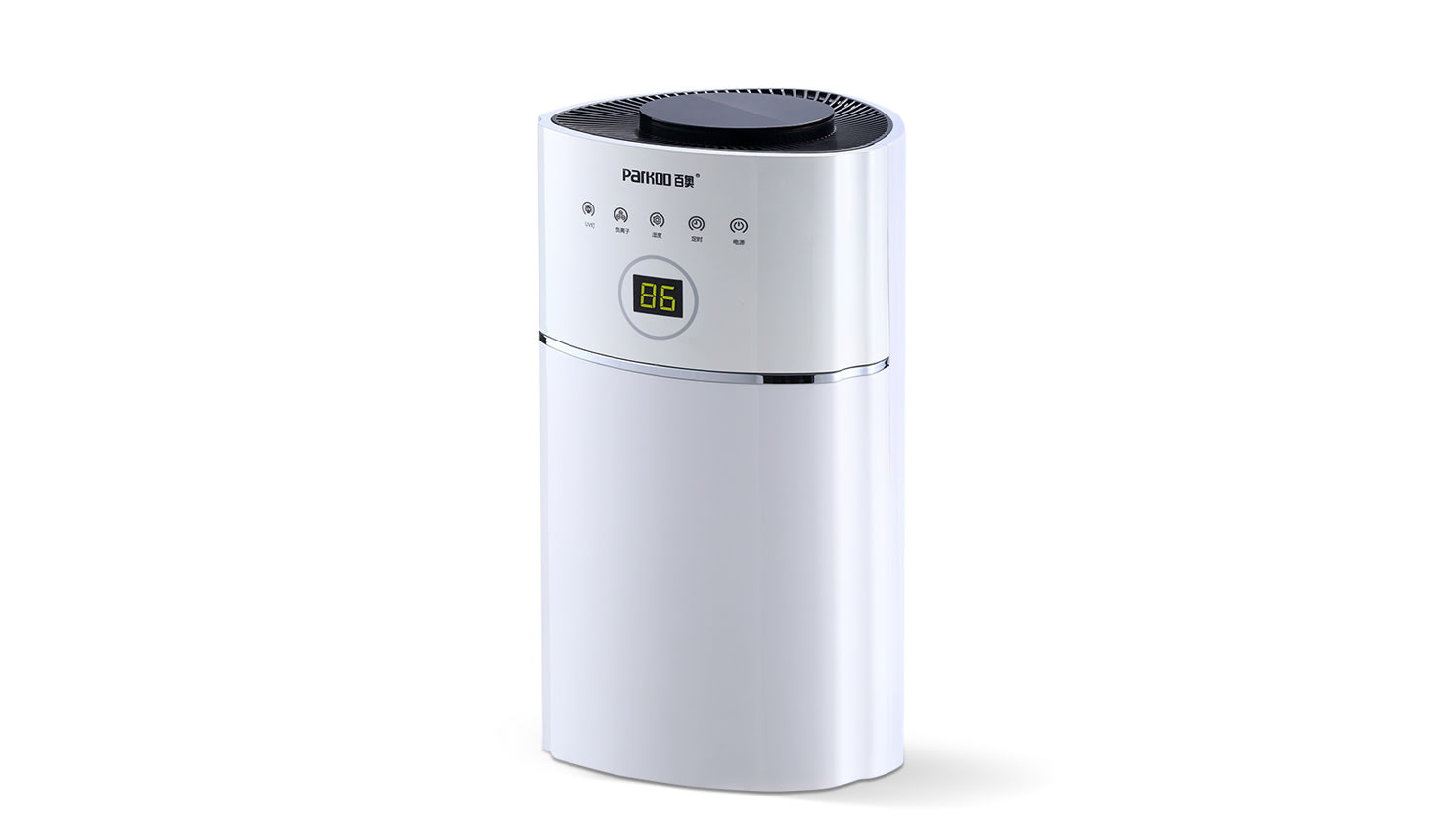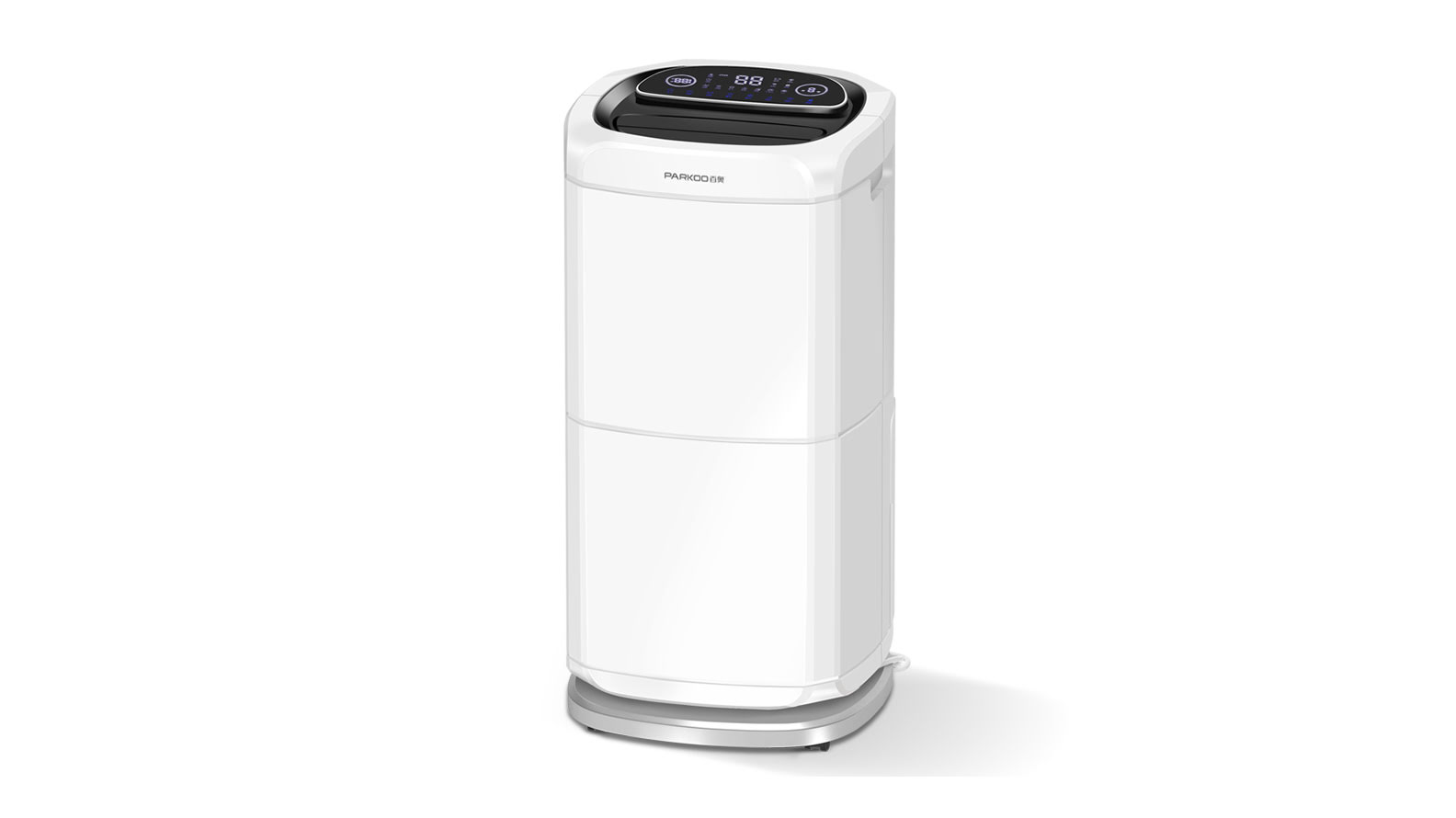The Importance of seed drying and storage
Due to improper drying and storage conditions, the seeds are severely hindered
these are:
Loss of Survival
Discoloration
Toxin production
Fungal Growth.
Therefore, efficient processing and storage for seed preservation has beCome the most Important factor. Proper drying limits the rate of seed deterioration during long-term storageThree impoRTant factors determine the shelf life of seeds:
Storage temperature
relative huMidity of surrounding air
Moisture content of seeds during storage
Purpose of seed storage
after seeds dry, the next stage is their safe storage. The safe storage of seeds is important for various reasons. Obviously, seeds must be preserved and planted as food for both humans and Animals. The viability of seeds must also be protected (germplasm, protection) for plant scientists to Maintain a permanent Seed bank by establishing a Seed bank
Seed storage is the process of maintaining high seed germination and vitality from harvest to planting. The purpose of seed storage is to maintain good physiological and physiological conditions from the time of harvest until planting. Of course, seeds must be stored beCause There is Usually a period of time between harvesting and planting. During this period, the seeds must be stored somewhere. The time interval between harvesting and planting is the fundamental reason for Storing seeds
Seed suppliers may not always be able to sell all the seeds they produce during subsequent planting seasons. In many cases, unripe seeds are stored for marketing during the second planting season after harvest. Due to the inability of certain varieties and seeds to spread well, problems may arise in the transfer and storage of seeds The optimal seed storage conditions depend on the intended use of the seed. Seed storage has certain requirements, including Preventing water, pollution, rodents, fungi, etc. In addition, controlling relative humidity and seed storage temperature is crucial. These two are interrelated. Interestingly, for short-term storage, their relationship can be Expressed by a simple Rule of thumb. The storage temperature (Fahrenheit) plus relative humidity should be 100
In order to meet the demand for controlled air, refrigeration provides a direct, simple, and economical solution to control temperature and relative humidity to specified levels
Seed drying conditions
The amount of water present in the seeds affects the Quality and storage tolerance of the seeds during long-term storage.
. In general, drying seeds to a moisture content of 4-6% slows down the rate of seed degradationSeed drying using deHumidification principle
Seeds should not be exposed to Hot air because high temperatures can damage their germination potential.
. The alternative method used is to release water from the product into the surrounding air. By maintaining the air at a low humidity level, the dryer can increase the drying rate. In addition, it eliminates Weather changes as a factor in drying operationsPARKOO Air Seed Dryer
The dehumidification seed dryer uses the following principles. The seed dryer mainly consists of two parts: the first part is a chamber equipped with porous trays, which varies with the number of seeds to be dried and the size of the equipment
The top is equipped with a second part - dehumidification dryer, which continuously sends dry air into the chamber. Dehumidification is based on the principle of physical adsorption. through experience, it has been found that in order to optimize drying capacity, minimize energy consumption, and maintain germination potential in seeds, the air coming out of the drying chamber should be at a temperature of 100 ° F+5% RH
These seed Dryers are based on state-of-the-art technology and incorporate unique air distribution modes through trays to optimize drying capacity and time
